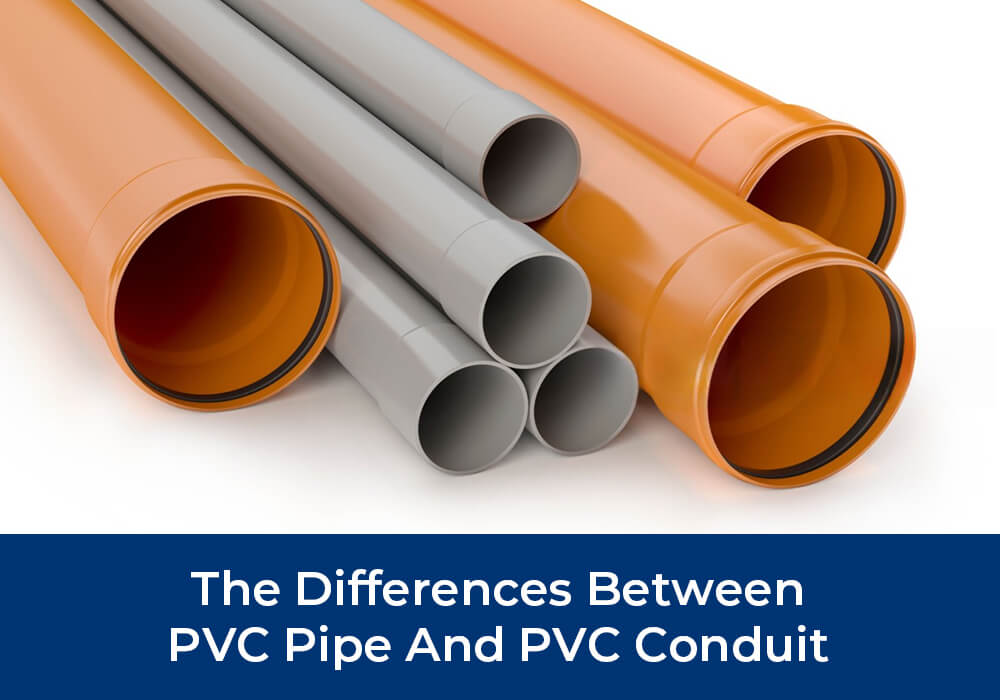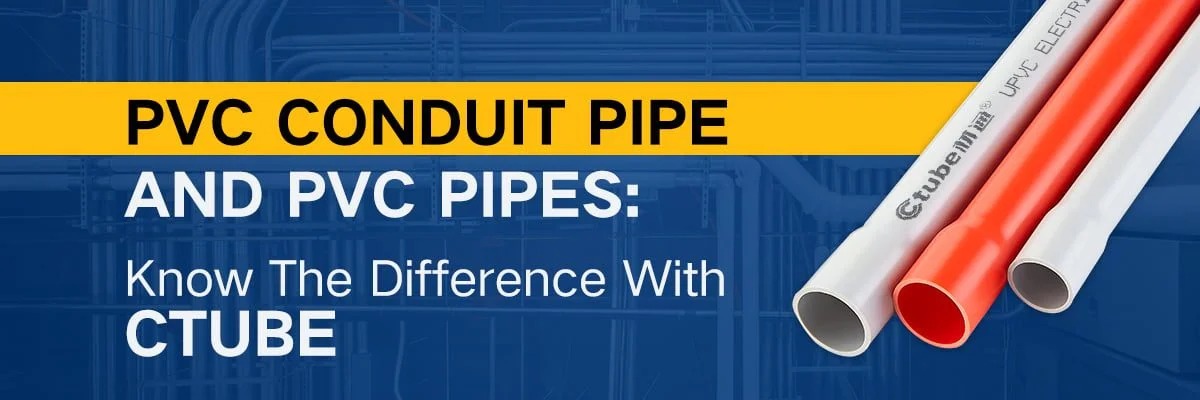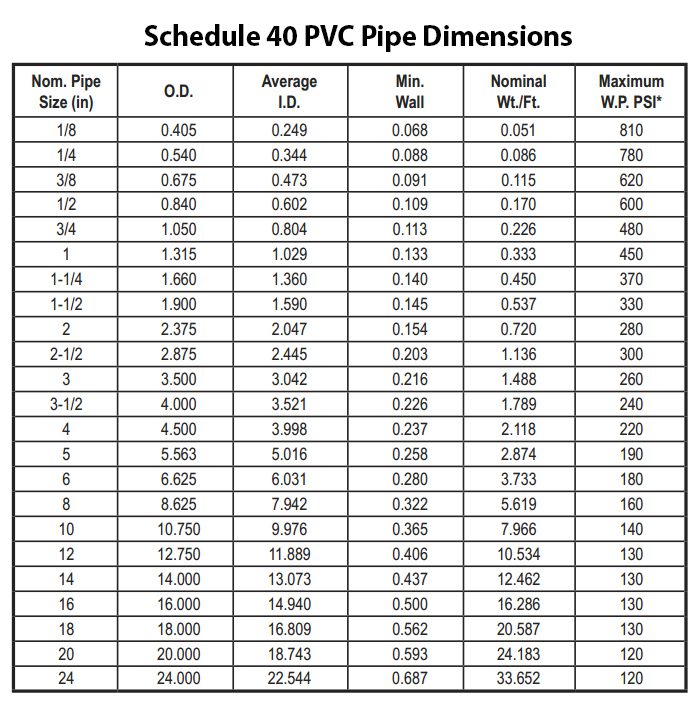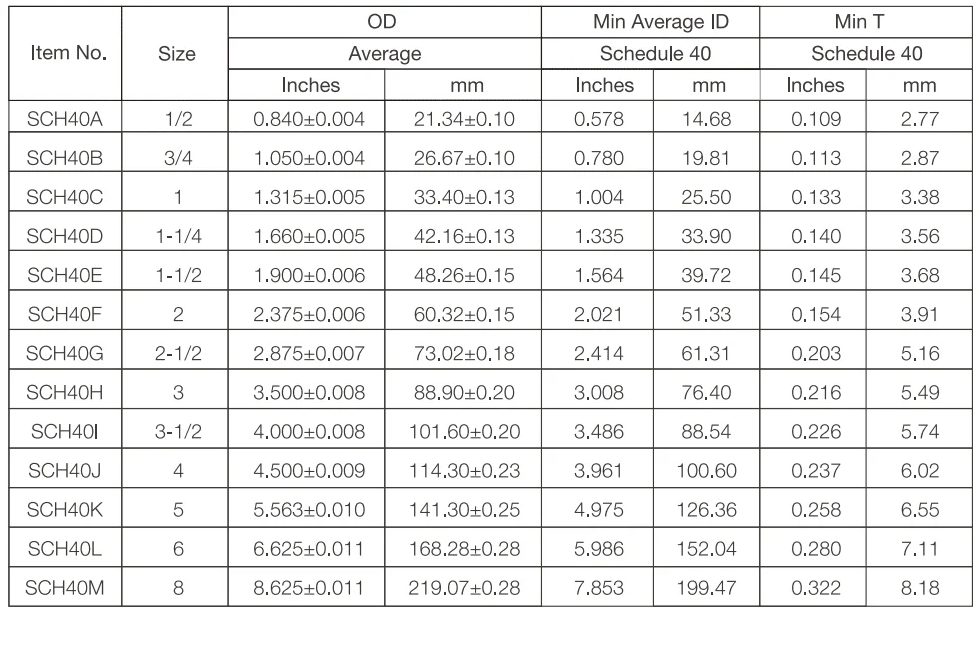The differences Between PVC Pipe and PVC Conduit
As a manufacturer of PVC conduits, we are well aware that PVC conduits and PVC pipes can often be confused due to their similar appearance and material. However, it is crucial to understand the differences between these two products to ensure their proper use and effectiveness. In this blog post, we will provide a comprehensive discussion of the differences between PVC conduits and PVC pipes.
Construction and Design
PVC conduits are specifically designed for electrical wiring and are thinner and more flexible than PVC pipes. They are available in different colors, including white, gray, and black, and are intended to protect and direct electrical wires for both underground and above-ground applications. Conversely, PVC pipes are designed for plumbing and water supply purposes. They are generally thicker and more rigid than PVC conduits and are available in a variety of sizes and colors.
Applications
PVC conduits are primarily used for protecting and directing electrical wires for both indoor and outdoor applications. PVC pipes, on the other hand, are intended for transporting fluids, such as water and sewage, and are built to withstand high pressure and temperature.
Material Properties
PVC conduits are designed to be weather-resistant and flame-retardant, ensuring that any electrical wires they contain are protected from the elements. In contrast, PVC pipes are designed to handle pressure and temperature changes, making them ideal for transporting fluids. Additionally, PVC pipes are resistant to corrosion, making them a durable and long-lasting option for plumbing applications.
Installation
PVC conduits are typically installed using specialized tools, such as conduit benders and cutters. The installation process involves running electrical wires through the conduit and securing them in place with fasteners. PVC pipes, on the other hand, are typically installed using PVC glue or a similar adhesive to create a tight seal between joints. PVC pipes are also installed using specialized tools, such as pipe cutters and wrenches.
PVC Pipe Size VS. PVC Conduit Size
Schedule 40 is the most commonly used type of PVC pipe. Here’s a table to illustrate the common sizes:
Schedule 40 PVC Conduit is also the most commonly used type of PVC conduit. Here’s a table to illustrate the common sizes:
Standards and Codes
Both PVC conduits and PVC pipes are regulated by different standards and codes depending on their intended purpose. Adherence to these standards and codes is crucial to ensure the safe and effective use of these products. For instance, PVC conduits are typically rated for exposure to sunlight and weather, while PVC pipes are rated for pressure and temperature.
Distance Between Water Pipe and Electrical Conduit
Generally, water, gas, sewer, and all electrical systems need to be segregated and maintained at a specific distance from each other. A minimum horizontal clearance of 12 inches should be observed between electrical conduit systems and parallel water, sewer, or gas lines during installation.
Can I use PVC Pipe for Electrical Conduit?
Typically, standard PVC piping isn’t suitable for use as electrical conduit. Despite their visual similarities, significant distinctions exist that render them incompatible for each other’s purposes:
- Fire Resistance: Electrical conduit PVC incorporates fire-retardant qualities absent in conventional PVC pipes. This feature is vital for electrical safety, preventing the spread of fire in scenarios involving overheating or electrical sparks.
- Structural Integrity: Electrical conduit PVC tends to be more robust and less prone to brittleness than regular PVC pipes. This enhanced durability ensures that the wires enclosed within remain protected against potential damage from external forces.
-
Compliance with Safety Regulations: Crucially, building codes mandate the use of designated electrical conduit materials. Standard PVC pipes do not adhere to these stringent safety standards, making them unsuitable for electrical installations.
In conclusion, although PVC conduits and PVC pipes may look similar, they are designed for different applications and have distinct properties. It is essential to understand these differences to ensure that the correct product is used in each situation.
The differences Between PVC Pipe and PVC Conduit Read More »




